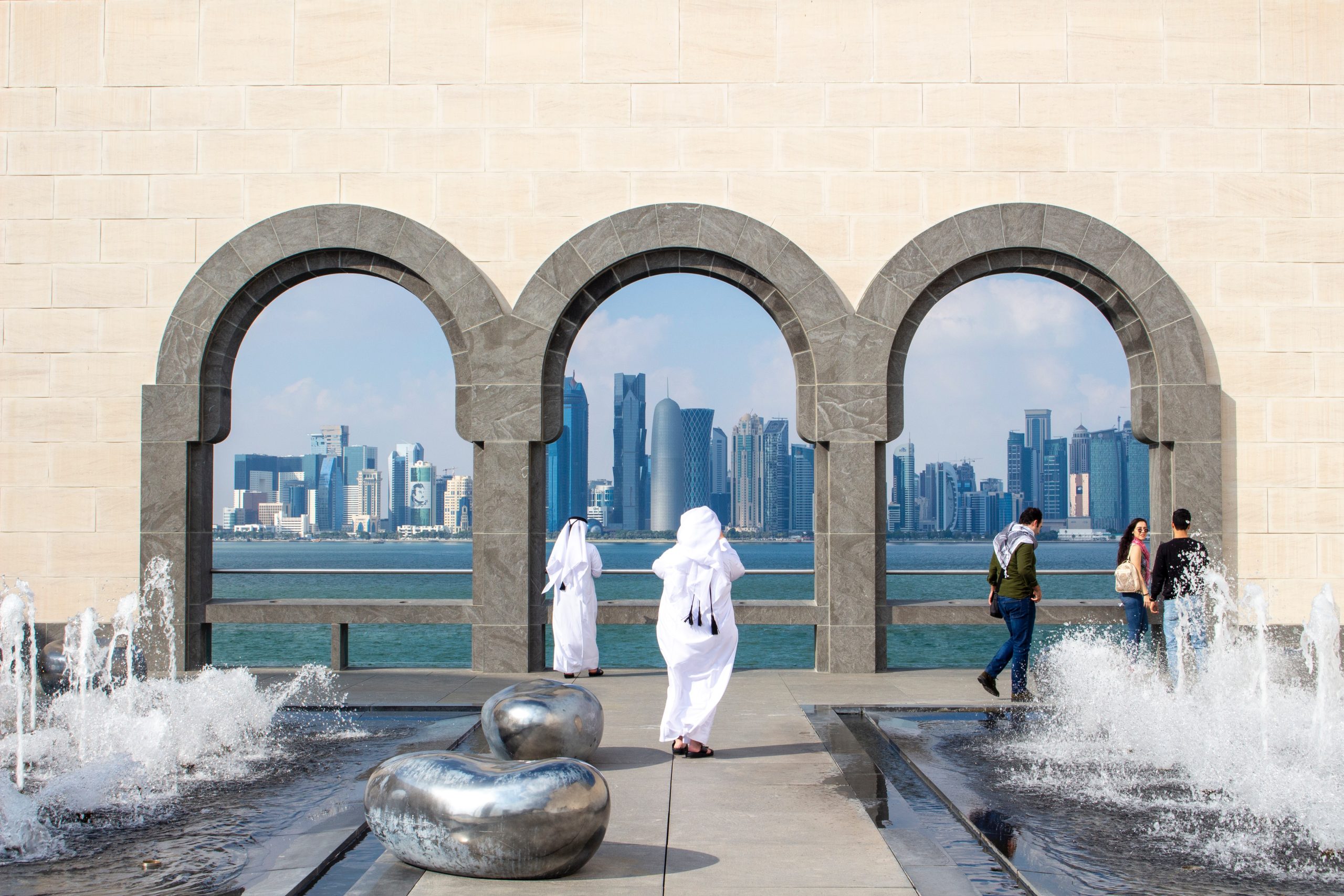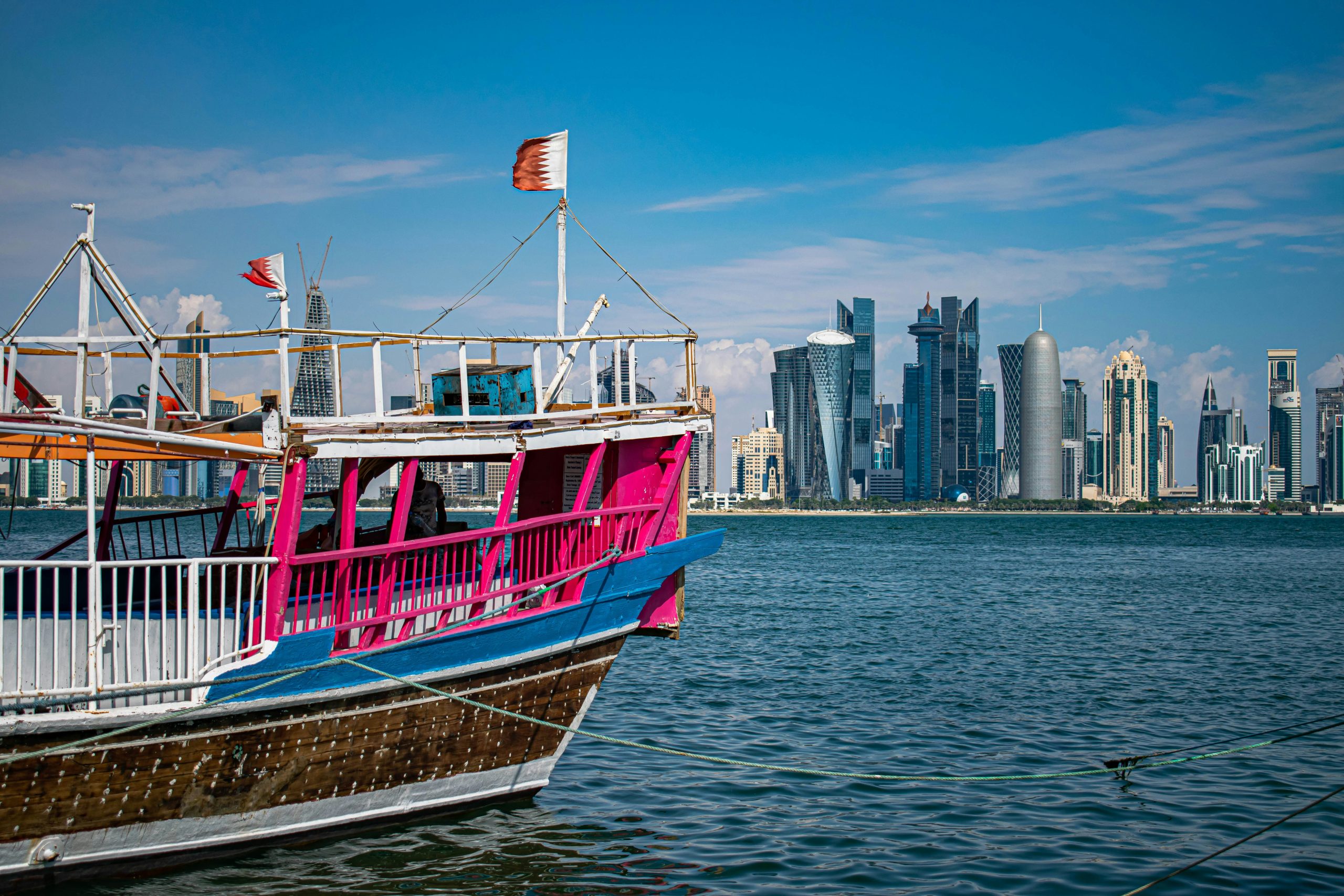
Qatar’s population growth accelerated in May as an additional 32,135 residents moved or returned to the country, setting yet another all-time record.
The latest figures from the Ministry of Planning Development and Statistics come alongside a new analysis of Qatar’s demographics that show the country’s population continues to be overwhelmingly male, uneducated and concentrated in Doha.
That’s despite a national vision of having a highly skilled workforce dispersed across the country.

Government figures state that were 2.37 million people within Qatar’s borders at the end of last month. That’s an increase of more than 9 percent, or 200,825 additional residents, from May 2014.
The new numbers are a reversal of signs over the last few months suggesting that the country’s population may be starting to level off.
This was thought to ring true as major energy projects are being postponed amid low oil prices, and Qatar’s infrastructure building boom approaches its peak.
The country is racing to build new roads, rail lines, hotels and stadiums ahead of the 2022 World Cup. There are some 18,500 currently working on the Doha Metro project alone.
Meanwhile, the influx of expats has necessitated new schools, hospitals and apartment blocks – as well as more construction workers to build them.
The country’s sustained population growth appears to be outpacing the expectations of many experts.
Last fall, Qatar National Bank predicted that the number of residents would increase by 7.4 percent annually in the coming years. But during the first five months of 2015, the annualized growth rate was actually between 8.7 percent and 10.3 percent.
Workforce profile
Qatar’s National Vision 2030 aims to turn the country into “a knowledge-based economy characterized by research, development and innovation.”
Getting there, according to the country’s National Development Strategy, “requires a transition from the current low-skilled, low-productivity and low-wage economy to a high-skilled, high-productivity and high-wage economy.”
However, a recently published government report said nearly three-quarters of Qatar’s workforce was comprised of unskilled or semi-skilled individuals in 2012.

Additionally, nearly two-thirds of economically active expats hold a primary level education or less, Qatar’s Permanent Population Committee (PPP) found in Qatar Population Status 2013. In contrast, only 17 percent hold a university degree.
Among Qataris, the report said more nationals have joined the private sector in the past decade.
Still, while the proportion of economically active Qataris working for private firms more than doubled between 2004 and 2012, from 4 to 9 percent, the public sector continues to be the employer of choice, it added.
This is because government departments and institutions are perceived to offer higher salaries and better job security.
One of the report’s recommendations is for the government to introduce legislation that would require private companies to offer comparable wages and benefits to the public sector, in an effort to attract more Qataris and reduce the country’s reliance on foreign workers.
Population density
The PPP report also reinforced the popular perception that Doha is becoming much more crowded.

There were 3,731 people/ square km living in Doha in 2012, up from 3,136 a year earlier.
The influx has continued to put a strain on the city’s road network and other infrastructure, such as water and sewer services.
To mitigate this, government planners have been actively encouraging residents to live outside Qatar’s capital by constructing new schools, healthcare facilities and recreational amenities in outlying areas.
However, many of Qatar’s major employers remain concentrated in the West Bay / Dafna area as well as along major commercial corridors such as C-Ring and D-Ring roads.
Thoughts?







